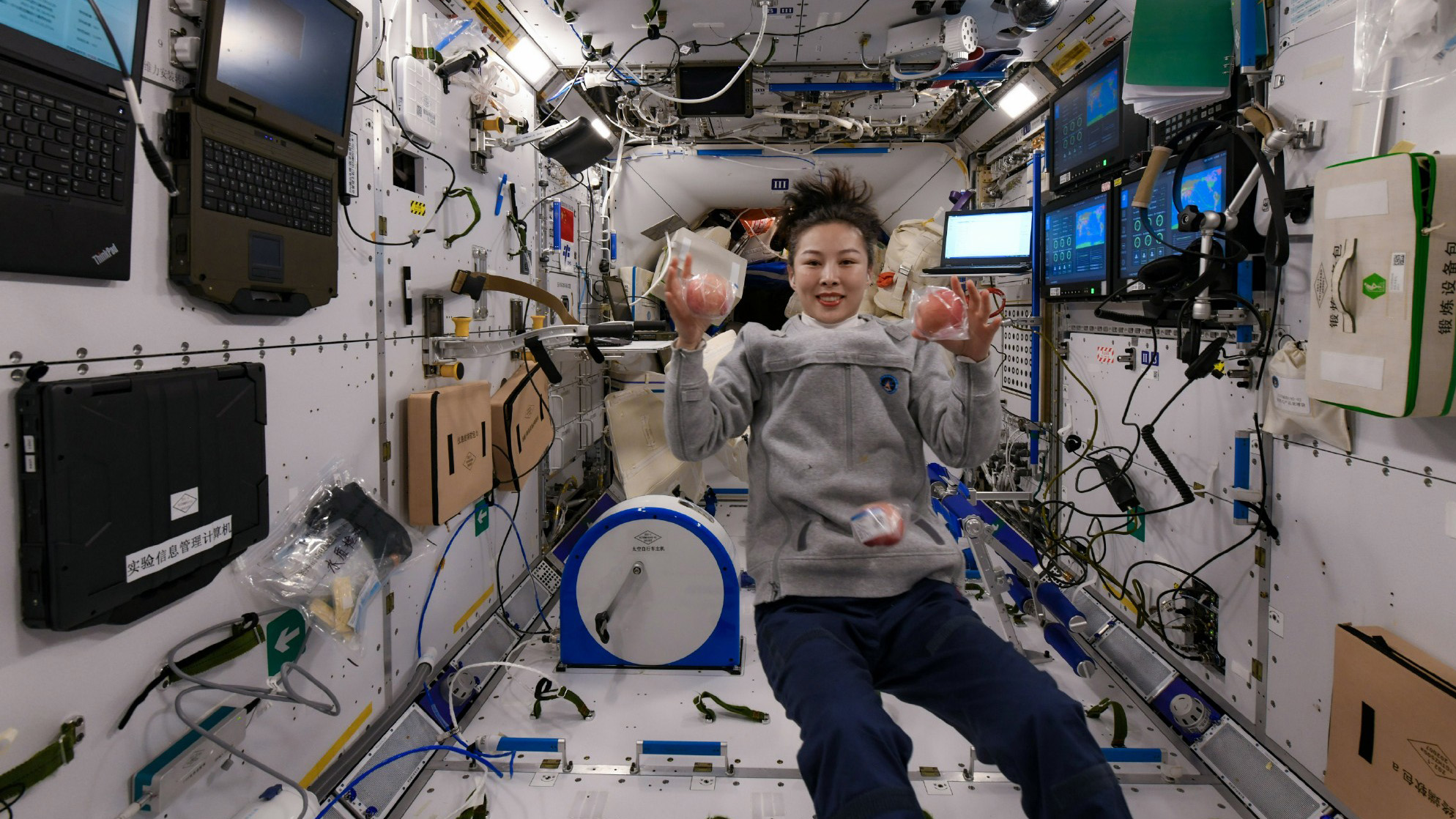Using low-bandgap III-V materials such as InAsSb in nanostructured arrays to limit potential loss mechanisms, a 25x improvement in mass specific power and ten thousands times decrease in volume from a MMRTG is an early estimate, with higher performance possible depending on operating conditions. TRC technology will allow a proliferation of small versatile spacecraft with power requirements not met by photovoltaic arrays or bulky, inefficient MMRTG systems. This will directly enable small-sat missions to the outer planets as well as operations in permanent shadow such as polar lunar craters.
They will build on the Phase I study which already showed the system works and generates power over 4 times better than traditional nuclear RTG power. They showed 8 W of electrical power is possible from the 62.5 W Pu-238 pellet from a general purpose heat source using a 0.28 eV bandgap TRC operating at 600 K. The necessary array includes 1,125 cm² of TRC emitters, or just over 50% of the surface area of a 6U cubesat. With a mass (heat source + TRC) of 622 g, a mass specific power of 12.7 W/kg is possible, over a 4.5x improvement from heritage multi-mission radioisotope thermoelectric generator (MMRTG) was shown.
This technology will allow a proliferation of small versatile spacecraft with power requirements not met by photovoltaic arrays or bulky, inefficient MMRTG systems. This will directly enable small-sat missions to the outer planets as well as operations in permanent shadow such as polar lunar craters. This study will investigate the thermodynamics and feasibility of the development of a radioisotope enabled thermoradiative power source focusing on system size, weight, power (SWaP) as well as materials growth of identified materials including InAsSb or InPSb by metalorganic vapor phase epitaxy. They will analyze a thermoradiative converter to power a cubesat (or fleet of cubesats) that can ride along with a Flagship Uranus mission, doing such tasks as serving as information relay for atmospheric probes, and getting a parallax view of the planet and moons
This study will investigate the thermodynamics and feasibility of the development of a radioisotope enabled thermoradiative power source focusing on system size, weight, power (SWaP) while continuing to integrate the effects of potential power and efficiency loss mechanisms developed in Phase I. Experimentally, materials and TRC devices will be grown including InAsSb-based type-II superlattices by metalorganic vapor phase epitaxy (MOVPE) to target low-bandgap materials with suppressed Auger recombination.
Metal-semiconductor contacts capable of surviving the required elevated temperatures will be investigated. TRC devices will be tested for performance at elevated temperature facing a cold ambient under vacuum in a modified cryostat testing apparatus developed in Phase I.
We will analyze a radioisotope thermoradiative converter to power a cubesat mission operating at Uranus. This will include an engineering design study of our reference mission with the Compass engineering team at NASA Glenn Research Center with expertise on the impact of new technologies on spacecraft design in the context of an overall mission, incorporating all engineering disciplines and combining them at a system level. Finally, we will develop a technological roadmap for the necessary components of the TRC to power a future mission.

Brian Wang is a Futurist Thought Leader and a popular Science blogger with 1 million readers per month. His blog Nextbigfuture.com is ranked #1 Science News Blog. It covers many disruptive technology and trends including Space, Robotics, Artificial Intelligence, Medicine, Anti-aging Biotechnology, and Nanotechnology.
Known for identifying cutting edge technologies, he is currently a Co-Founder of a startup and fundraiser for high potential early-stage companies. He is the Head of Research for Allocations for deep technology investments and an Angel Investor at Space Angels.
A frequent speaker at corporations, he has been a TEDx speaker, a Singularity University speaker and guest at numerous interviews for radio and podcasts. He is open to public speaking and advising engagements.
Note: This article have been indexed to our site. We do not claim legitimacy, ownership or copyright of any of the content above. To see the article at original source Click Here













